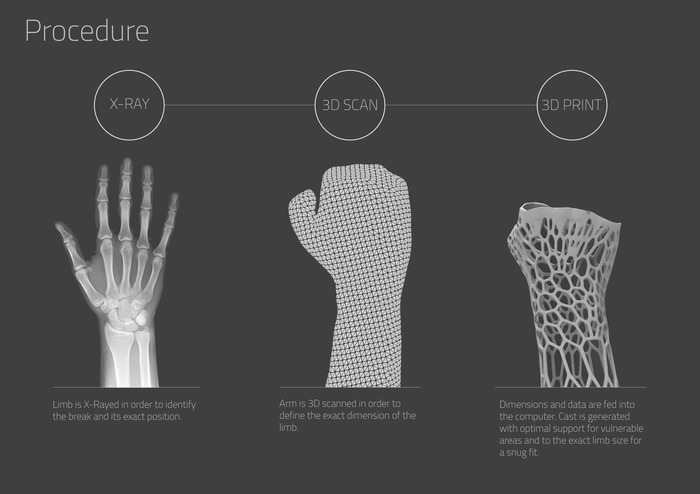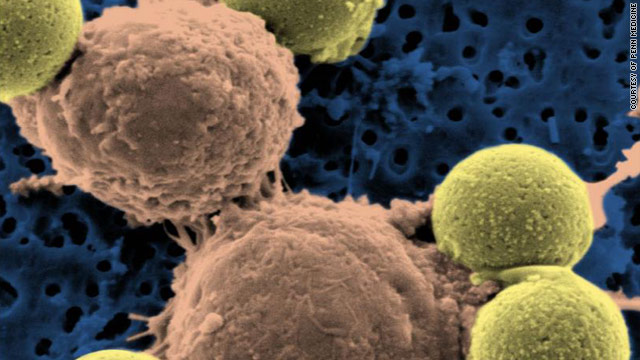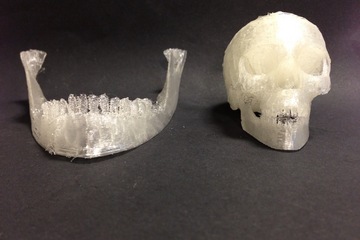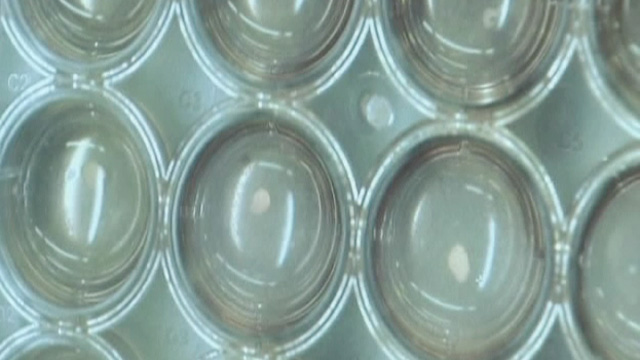I subscribe to an online newsletter published by Navigant Research. Before I begin with my headlines of choice for the week I thought I would share with you some of the predictions Navigant is forecasting for the coming decade. These are rather interesting:
- By 2020 there will be 35 million natural-gas powered vehicles (NGVs) on the road, double the current number. (I didn’t know there were 18.2 million NGVs on the road today. Did you?)
- By 2023 energy storage systems for renewable solar and wind power will total 21.8 Gigawatts. That’s integrated wind, solar and storage working together.
- By 2020 electric drive motor sales will reach $2.8 billion annually up from $965 million in 2013. Doesn’t that seem low to you if we are to transition to electric vehicles? The compound annual growth rate predicted is 16.6%. That’s healthy but certainly not revolutionary.
Visit the Navigant site to subscribe and receive more of their insightful reports and predictions about the future.
But today I am keeping my headlines focused on recent biomedical announcements that I hope you find interesting as well. They are:
- HIV Therapy Using Stem Cells and HIV Injections Lead to “Cures;”
- Surgical Recovery Linked to Vitamin D;
- 3D Modeling Helps Heal Broken Bones;
- 3D Printing Living Stem Cells to Restore Bones and Body Tissue;
- Stem Cells Used to Fabricate Human Livers.
Stem-Cell Therapy and Non-Lethal HIV Injection Produce Two Very Different Cures
Two HIV stories were in the news this week. The first is a sequel to one I wrote about some time ago involving a gentleman named Timothy Brown, who may be the first person to be “cured” of HIV after receiving a bone marrow transplant in 2007. Well now stem cell transplants to treat lymphoma may have “cured” two more HIV patients. During the transplant both patients remained on HIV medications but eight months later both are no longer on their meds and are doing well according to Timothy Henrich, Harvard Medical and Brigham and Women’s Hospital in Boston. The HIV virus may still be around but it is not showing up in any blood work and that’s a pretty good sign.
The second story concerns a 7-year old suffering from acute lymphoblastic leukemia since age 5. After multiple rounds of chemotherapy, little Emily Whitehead, was no better. But her parents found out about a gene therapy regimen being tried at Children’s Hospital of Philadelphia and took her there. The treatment is called T-cell immunotherapy and involves delivering new instructions to these cells which play a major role in fighting disease. Because viruses can lock on to receptors and penetrate cellular membranes they can be used to deliver instructions to a cell. In this case the transmitter chosen was a disabled AIDS virus containing new genetic material to switch on the T-cells capability to identify leukemia cells. The T-cells once infused with these genetic instructions get transfused back into the patient where they begin attacking the leukemia. Emily is one of 10 children who have received T-cell immunotherapy. She is doing well as are many of the others who have benefited from an AIDS virus repurposed for good.
Vitamin D Plays a Role in Surgical Recovery
I take several thousand units of Vitamin D every day because I live in a northern country where half the year there is less than adequate sunlight to restore my Vitamin D reserves. It along with calcium supplements helps me maintain my bones.
But we are finding out that Vitamin D which we mostly get from sunlight and not supplements has another purpose. A study done at Children’s Hospital of Eastern Ontario in Ottawa, Canada headed up by Dr. Dayre McNally looked at 58 children undergoing cardiac surgery to correct congenital heart defects and found that almost all saw levels of Vitamin D drop post-operatively. That drop correlated to longer recovery periods.
The researchers concluded that the drop in Vitamin D was associated with usage of cardiopulmonary bypass machines during surgery, previously an unknown side affect. As a result of their discovery the hospital is developing a new protocol to optimize Vitamin D in children prior to and post-operatively to maintain high levels. This, they hope, will mean reduced recovery times and faster healing. These findings have ramifications well beyond heart surgery as researchers are finding the vitamin also plays an important role in the health of many other body parts including lungs and our immune system.
New Exoskeleton Concept Replaces Casts to Help Heal Fractures
When I was 20 I broke both of my legs. I was in and out of hospital and plaster casts for the better part of a year-and-a-half as my bones healed. From personal experience I can tell you just how uncomfortable and unhygienic plaster casts are. So when I was told about CORTEX I just had to find out more.
What is it? CORTEX is an exoskeletal cast that is fully ventilated, light, lets the patient wash the recovering limb, and is made of fully recyclable materials. It is the product of Jake Evill, an industrial design graduate from Victoria University in New Zealand. It resembles a honeycombed exoskeleton and is individually created using X-rays, a 3D scan of the fractured limb, and a 3D printer to generate the custom cast including snaps and fasteners for application and removal. The steps are illustrated below.
Mr. Evill is looking for investors to help him bring CORTEX to market. If you are interested visit his web site.
3D Printing of Stem Cells Helps Build Bones
More 3D printing in the headlines this week. In London, in the United Kingdom, this week, a new technology is on display at the Summer Science Exhibition. It’s a 3D bioprinter that is using adult human stem cells to create bones. The printer’s ink combines a polymer, polyactic acid, and an alginate to create an object that is equivalent in shape and size to a bone. The object is coated with human stem cells and becomes a scaffold for those cells to use to regenerate bone. When implanted as the bone regenerates the scaffolding degrades disappearing within a few months. What’s left is perfect replacement. On display at the Exhibition this week is a lower jaw and skull made using the 3D bioprinter. The latter eerily resembles the crystal skull of Indiana Jones lore (see below).
Tiny Human Livers Fabricated Using Stem Cells
For more than a decade it seems stem cell research has crept forward as U.S. restrictions on stem cell lines held up progress. But it seems from the headlines of the past week that the dam has burst and we are seeing great strides in the field. And one of these breakthroughs comes from Japan where researchers are using human stem cells to create human livers.
As reported in Nature this week, human induced pluripotent stem calls (converted skin cells) have been successfully used to create functional working livers, albeit very tiny ones. The researchers describe their work as proof-of-concept for developing organ-bud transplantation in the burgeoning field of regenerative medicine.
Imagine taking human skin cells from someone suffering from liver failure, inducing those cells to revert to a stem cell state and then stimulating them to turn into healthy liver cells. That’s exactly what the researchers are doing. These little liver buds (see image below) work just like your liver, capable of filtering body fluids and metabolizing drugs. Researchers believe they can scale the technology enough to regenerate as much as 30% of a patient’s liver. Talk about life extending technology!
A Postscript
This week we focused our headlines on biomedical stories. Who knows what the 21st century will bring us next week? But I’m glad you could drop by and spend the time here and look forward to your comments and questions.
– Len Rosen













